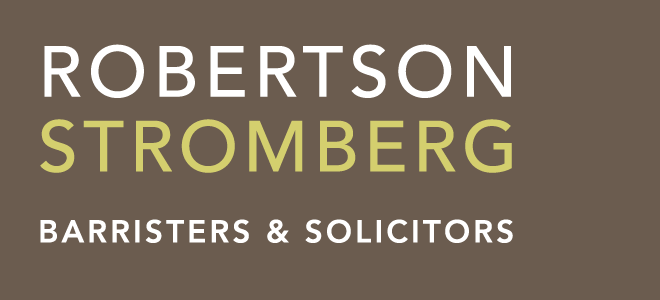The recent Saskatchewan Queen’s Bench decision in Peters (Estate) (Re), 2022 SKQB 186 prohibits the practice of altering an affidavit without actually re-swearing it.
Factual background:
The background facts in Peters can be described as follows:
- Antonia Peters died on March 1, 2022;
- She left a Will dated September 17, 2007. In that Will she named her husband, S. Frederick Peters, as executor and sole beneficiary of her estate;
- The Will provided that should her husband predecease Antonia, then two of her children (Edie Louise Nelson and Wally David Peters) would act as her executors;
- Her estate was then given to her children and grandchildren as well as two charities. There is nothing controversial about the Will itself;
- The initial application for grant of probate was filed on June 2, 2022;
- By fiat dated June 15, 2022, the Court rejected the application. The Court noted that the Will had named the testatrix’s husband as executor and that if he had predeceased her, then proof of the husband’s death was required under Rule 16-10 of The Queen’s Bench Rules;
- As well, what should be paragraph 4 of the probate application originally filed, had stated all beneficiaries named in the Will but did not list the husband as a beneficiary. The Court noted that it appeared that the husband had predeceased the testatrix. This reality required revision to the material;
- On July 25, 2022, a representative of the office of the executors’ solicitor removed the application, affidavits and Will to have the material corrected. Subsequently, revised and additional material was filed;
- The application and supporting affidavits were later refiled. A change was made only to the application form to read that all named beneficiaries had survived the deceased “except for S. Frederick Peters, who passed away on January 20, 2016”. Previously, on the initial filing, paragraph 4 had read that all named beneficiaries had survived the deceased;
- The Court found it problematic, however, that the executors’ affidavits were not re-sworn. What appeared to have occurred was that a new page containing a revised paragraph 4 was “slip-sheeted” into the material;
- That is, instead of the entire affidavit (and all of its pages) being re-sworn, the single erroneous page was revised and replaced after the affidavit had already been sworn before the deponents;
- Thus, the Court observed that the lack of a re-sworn affidavit meant that neither executor has verified under oath the revised, current content of the probate application.
Guidance offered by Peters:
The Court in Peters noted that the practice of slip-sheeting was being used more and more. However, such a practice was not consistent with the purpose of requiring a sworn affidavit from an executor who applies for probate.
Such an affidavit is not just a procedural hoop through which an applicant must leap. Rather, it verifies under oath the truth of the contents filed by the executor. The Court relies on these contents to be true, and the affidavit is the mechanism to verify that truth (as otherwise, a false sworn affidavit can lead to legal consequences, which incentivizes the deponent to be accurate).
The affidavit essentially takes the place of the deponent showing up in court, being affirmed or sworn, and testifying to the veracity of the application documents.
The “slip-sheeting” process entirely defeats the purpose of the affidavits. The two deponents of the affidavits in Peters could not have verified under oath the ultimate contents of the application (in its present form) when they first swore the affidavit in April. This is because at the very moment that they had first sworn the original affidavits, the later slip sheeted pages were of course not yet in the affidavits.
Conclusion:
Ultimately in Peters, the court did not grant the application in the current form. The Court required that the executors refile fully sworn new affidavits.
Peters thus reminds us that affidavit exhibits need someone to identify and vouch for them. If a lawyer wants to change the content of an already sworn affidavit, the lawyer must have the client re-swear the affidavit in its final form.

